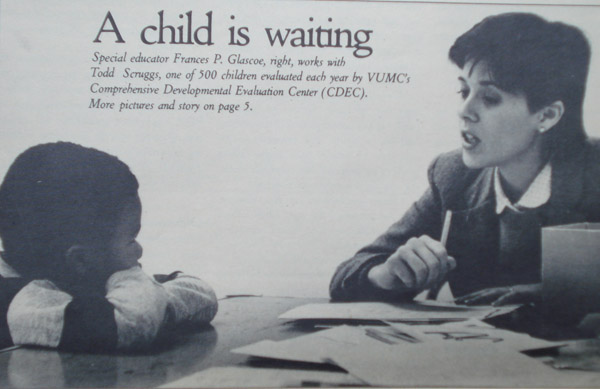Administrative Methods with Assessment-Level Tools
Use of Parent Report/Interview
 Assessment-level tools are less expensive than diagnostic measures because they often rely on parent-report (or parent-interview). Parent-report is known to be as accurate as hands-on professional administration if test items are clearly written at a reading level of 4th - 5th grade or less. Because parents observe their children in familiar surroundings where newly emerging skills are more apparent, tools perform best when items have at least three multiple-choice response options (e.g., “Rarely”, “Just Beginning To”, “Always”). Tools adhering to the above tenets enable quality measurement to be conducted briefly and inexpensively, and without the need for a multi-disciplinary team (e.g. in mail-out programs, at home-visits, when children are tired (or even asleep), in waiting/exam rooms prior to an encounter, etc.).
Assessment-level tools are less expensive than diagnostic measures because they often rely on parent-report (or parent-interview). Parent-report is known to be as accurate as hands-on professional administration if test items are clearly written at a reading level of 4th - 5th grade or less. Because parents observe their children in familiar surroundings where newly emerging skills are more apparent, tools perform best when items have at least three multiple-choice response options (e.g., “Rarely”, “Just Beginning To”, “Always”). Tools adhering to the above tenets enable quality measurement to be conducted briefly and inexpensively, and without the need for a multi-disciplinary team (e.g. in mail-out programs, at home-visits, when children are tired (or even asleep), in waiting/exam rooms prior to an encounter, etc.).
Nevertheless, when asking parents to read and answer questions, a literacy/language probe is essential. Options include: asking parents whether they would like to complete a measure on their own or have someone go through it with them; asking which language they prefer to use; or in the case of mail-out initiatives, adding a note as to whether they can find someone to help them complete the form if needed.
Hands-on Measurement with Assessment Level Tools
Some assessment-level tools also offer a direct-elicitation administration method. Such an approach is useful:
- If the primary caretaker is not present
- Does not read well
- Does not read or speak the language in which translations are available,
- Appropriate translators are unavailable
- When the caretaker is unfamiliar with the child (e.g., new foster parent),
- If research funding demands a hands-on approach to measurement
- Or if caretaker report is suspect (e.g., due to patent mental health problems)
- If training young professionals (to give them an opportunity to build rapport, manage child and parent behavior during testing, build knowledge of child development and behavior, build clinical acumen, etc.)
